It’s the big one – 12,750 miles to Brazil…in an IMOCA with a full crew
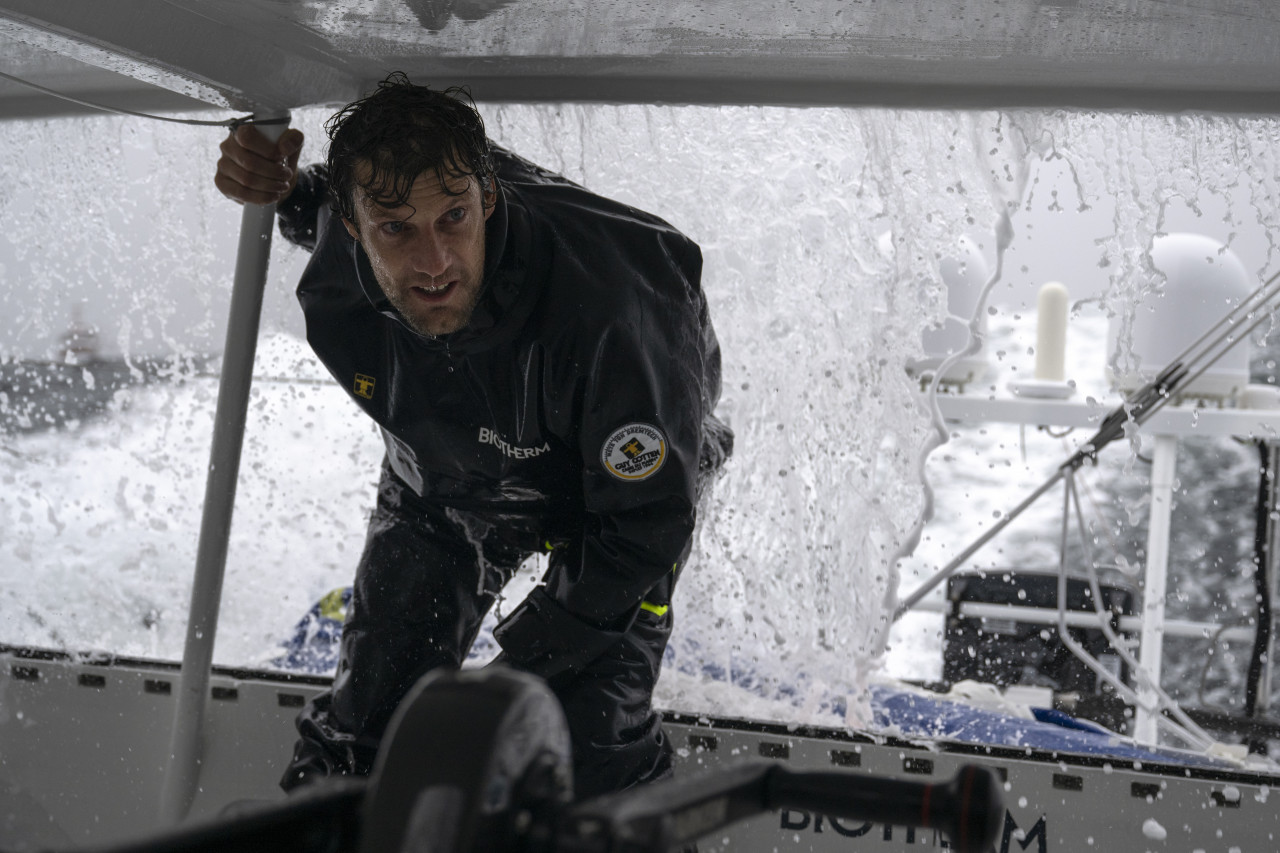
It’s the challenge everyone has been waiting for. The longest leg in The Ocean Race history. And the first time fully-crewed IMOCAs will race non-stop through the Southern Ocean – the Roaring Forties and Furious Fifties – past the three Great Capes, including the mythical Cape Horn.
This is where the 2023 edition of The Ocean Race gets serious, as the five crews tackle the 12,750-mile Leg 3 from Cape Town to Itajai in Brazil that starts on Sunday. And it could begin with a tough phase of upwind sailing, as the IMOCAs head south from Table Bay.
The watchword on the dock in Cape Town is all about striking the balance between boat preservation and speed to ensure this leg, which is expected to take 34-36 days, is completed without damage that either forces a mid-leg diversion or worse, the retirement of a team from the race.
But one suspects that once the adrenalin starts flowing and the pressure of racing hits home, the skippers and their crews will find it hard to hold back, especially on a leg with a scoring system that rewards full commitment throughout. There are double-points available, but they are split, with half awarded at the halfway point, south of New Zealand, and the remainder at the finish.
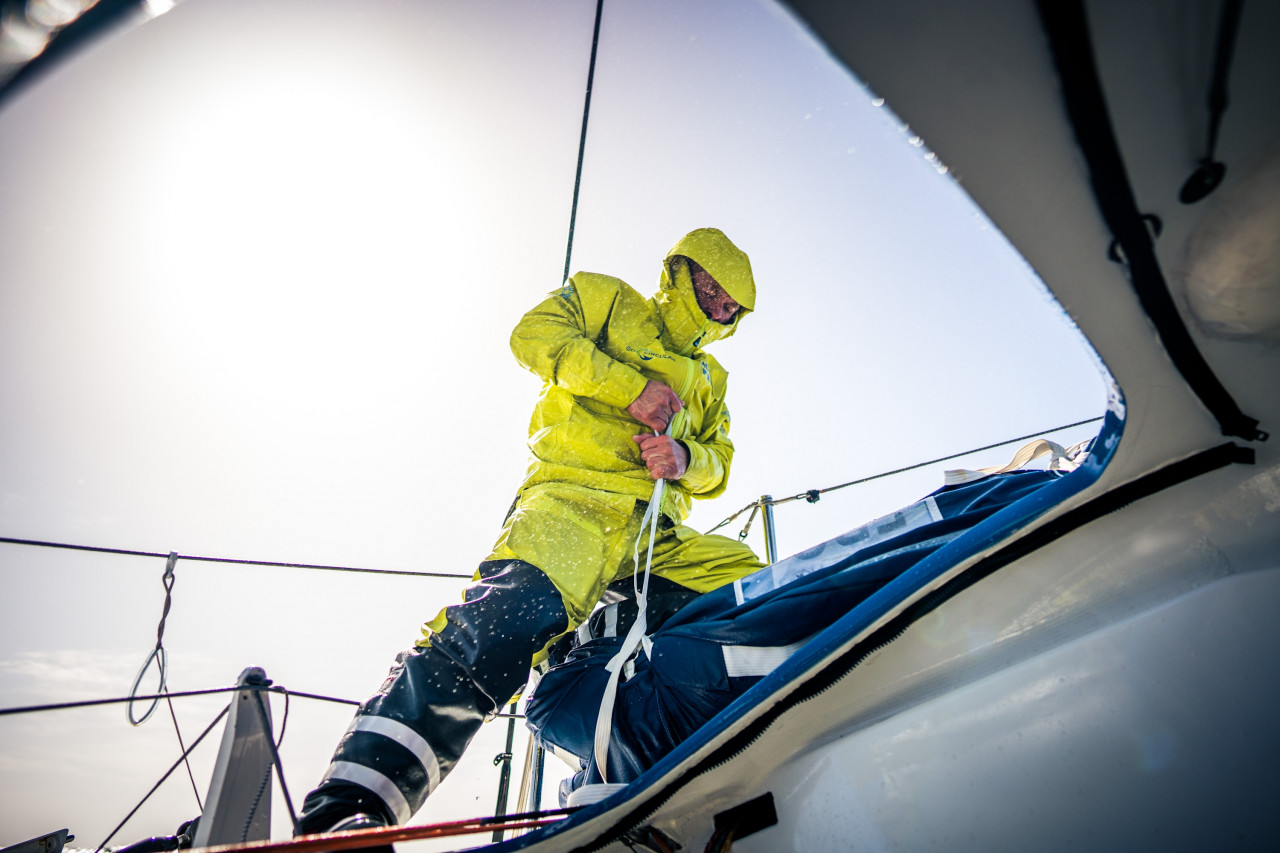 © Georgia Schofield / polaRYSE / Team Holcim-PRB
© Georgia Schofield / polaRYSE / Team Holcim-PRB
The scoreboard reminds us that Kevin Escoffier and his team on Holcim-PRB, who welcome back British sailor Abby Ehler for this leg, are the ones to beat after their consecutive wins in Legs 1 and 2. So all the other four boats, led by second-placed 11th Hour Racing Team - Mãlama skippered by Charlie Enright and third-placed Biotherm skippered by Paul Meilhat, will be looking to impose themselves.
The focus, naturally enough, is on the challenge of big seas and wild winds in the “South,” which brings with it not just extreme discomfort and cold, but danger too. But it could be the final stretch of the leg, the 1,800-mile climb north from the southern tip of South America to the finish at Itajai – which is likely to feature light winds and boats with tired sailors and compromised sail wardrobes – that could prove decisive.
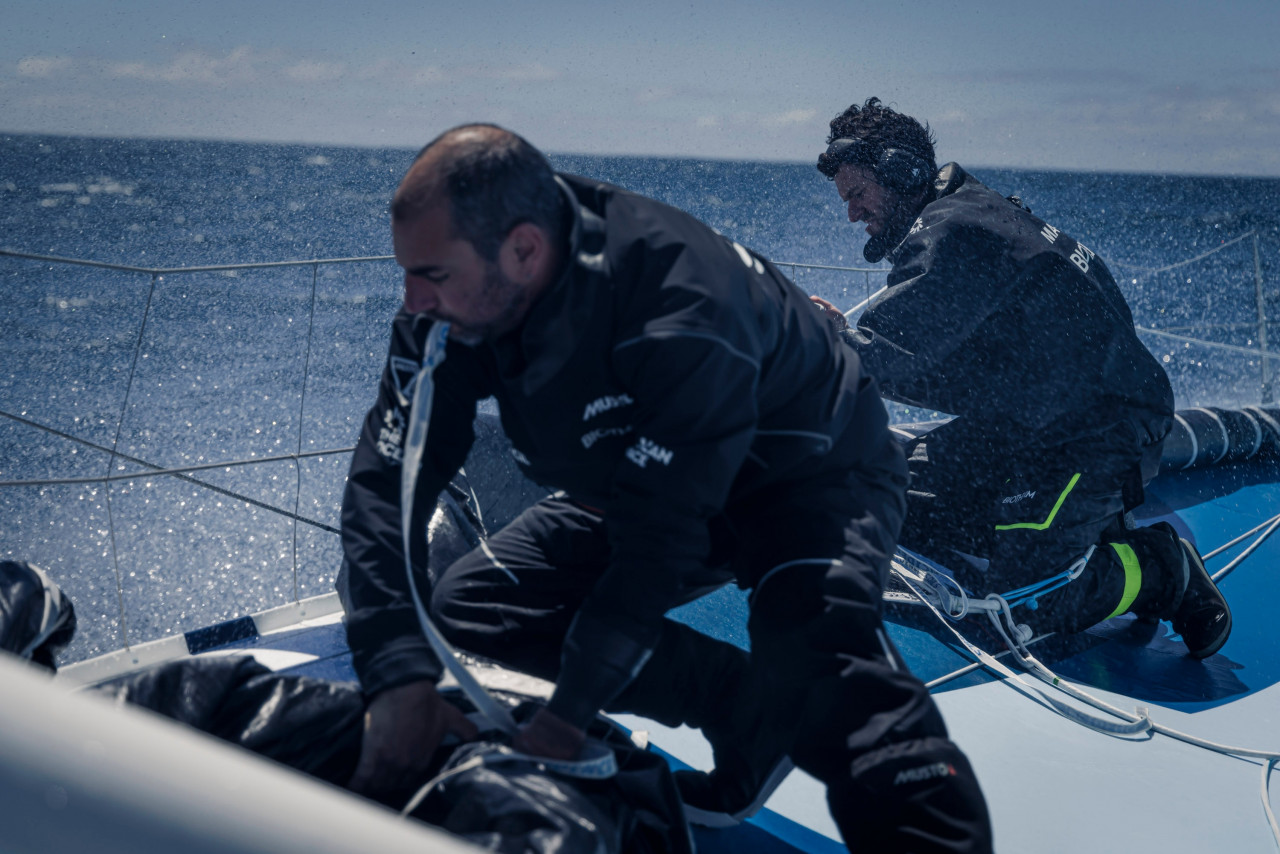 © Anne Beaugé / Biotherm
© Anne Beaugé / Biotherm
Meilhat, aged 40 and based in Lorient, has returned to Cape Town after a trip inland on safari with his family. After enjoying the sights of cheetahs, lions, rhinoceroses and elephants in the wild, he has returned to the Victoria & Alfred Waterfront ready for the wilds of the Southern Ocean. He joked that this leg is nothing unusual for the Vendée Globe class.
“Yes, this stage is unprecedented for The Ocean Race, but for us, it is quite normal and normally we don’t stop in South Africa and Brazil,”he said. “So, for us it is more like a short leg of the Vendee Globe!”
But actually, listening to the Biotherm skipper, you noticed that he came back, time and again, to the central point about not breaking the boat on the way to Brazil. “I am not sure that we will push the boat so hard,”he said. “Maybe sometimes, but we need to push when conditions are OK and when they are not, we don’t need to push because, if we do, we will break the boat for sure.”
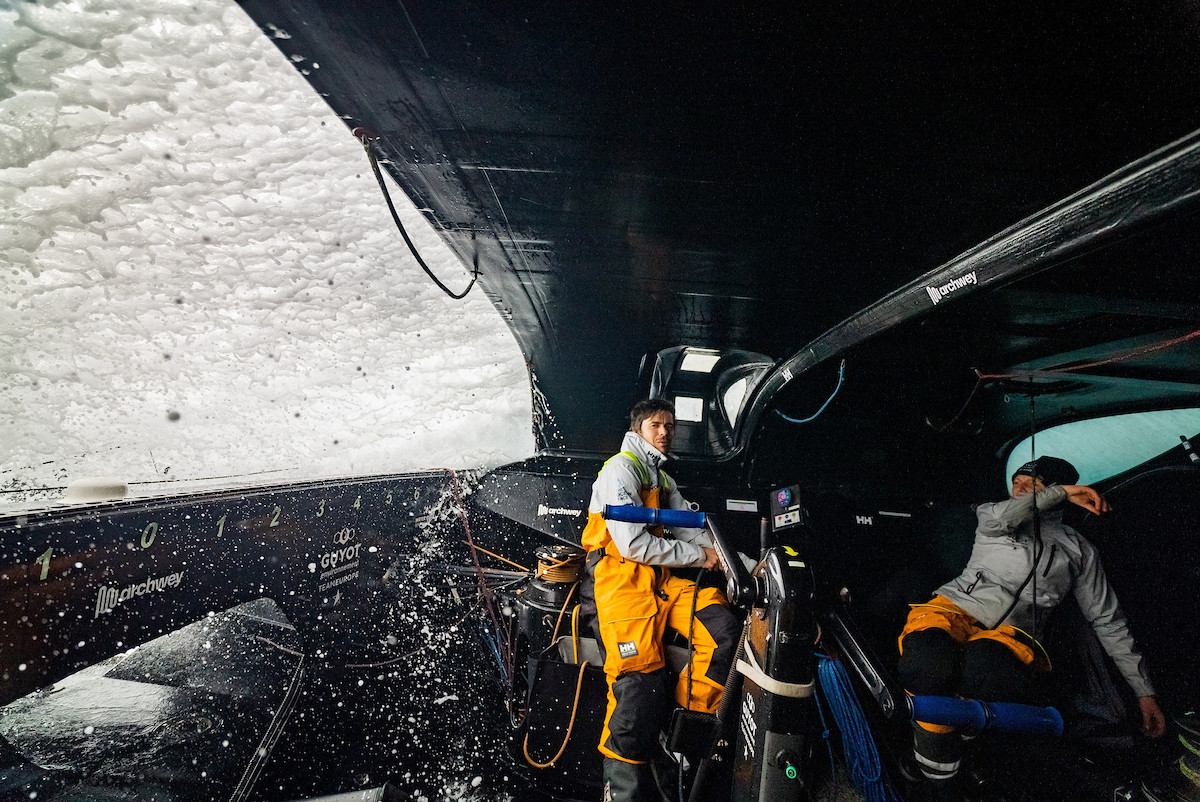 © Charles Drapeau / Guyot environnement - Team Europe
© Charles Drapeau / Guyot environnement - Team Europe
Meilhat, whose crew includes the Initiatives-Coeur skipper Sam Davies, made an interesting point about overall race strategy. He says the way the race is structured means that by far the most important element now is ensuring that his team is still in the race by Brazil.
“By the time we get to Itajai, about 60% of the race will be sailed, in terms of miles, but in terms of co-efficient for the ranking, we will have only done about 30%,”he said. “So, for me, it was clear from the start that the race for the ranking, and for the victory, probably starts in Itajai. The first thing is to get there with the boat in good shape – that is really important.”
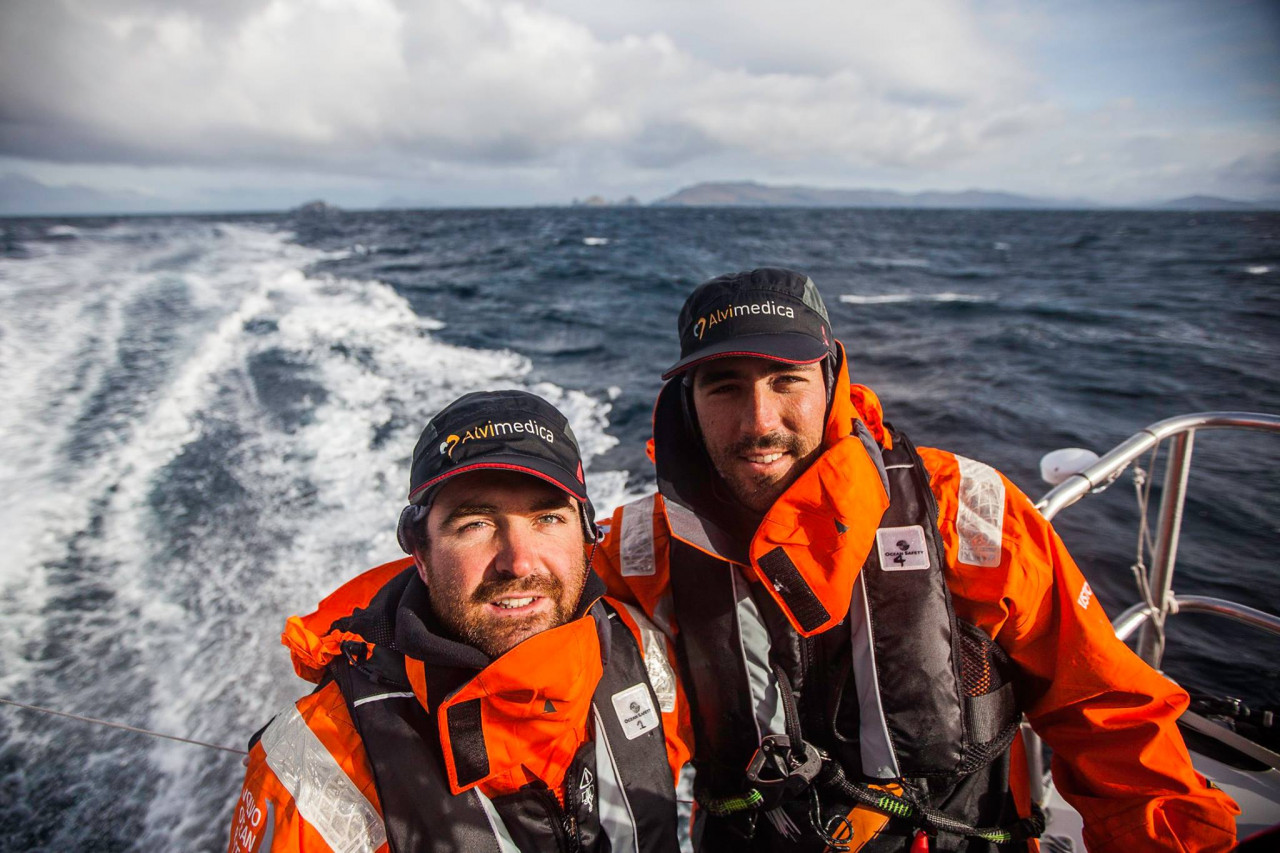
This leg will be a nerve-racking experience for team managers, sending their sailors and boats off into big seas and winds for over a month. Mark Towill, CEO of 11th Hour Racing Team, says safety and durability – of both sailors and boats – have been the top priorities during the build-up.
“First and foremost, the focus is on the increased level of safety, complexity and danger associated with this leg,”said Towill. “From the perspective of preparing the boat, there has been quite an extensive work list that has been done here in Cape Town. We have been making sure that we can send the boat off in the most prepared way possible, with an emphasis not just on conditions but also the duration of this leg. We have also made sure the team has prepared both physically and mentally, and obviously we’ve been looking at the weather and everything else.”
Towill says past editions of this race underline that if anything big is likely to go wrong for a team, the most likely leg – or legs – for that to happen are the ones in the Southern Ocean. In anticipation, but obviously hoping none of this will prove necessary, he and his team have looked into potential ports of refuge and many other factors that could come into play in an emergency.
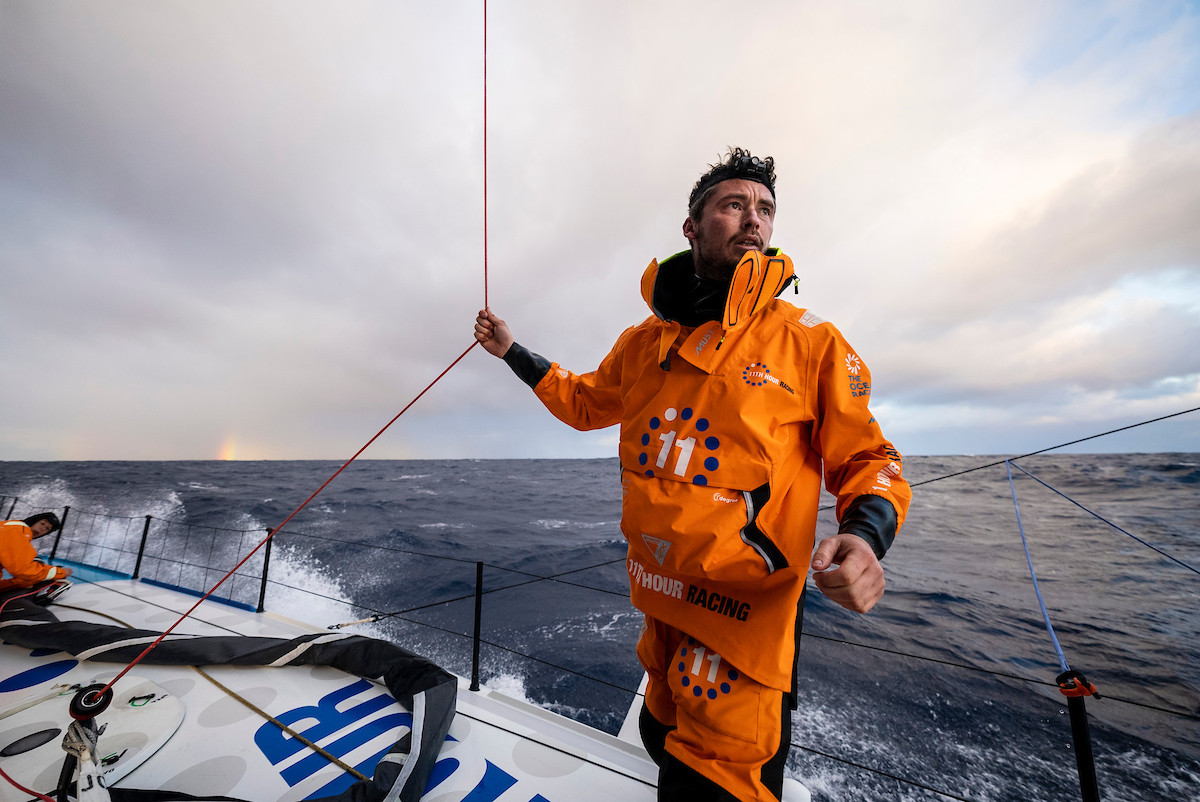 © Amory Ross / 11th Hour Racing Team
© Amory Ross / 11th Hour Racing Team
“The reality is there are probably too many permutations to play out every single scenario, but with the crisis plan that we have got, we have done extensive planning for this type of thing. But the goal for us – after securing the safety of the crew and the boat – is always to get back in the race,” explained Towill.
Back on Biotherm, Meilhat is enjoying every moment of this adventure, even if it was a big ask for a team with a brand new boat. “It was a big challenge and a big project and I saw the opportunity and took the risk – and it was a risk for us to be on the starting line of The Ocean Race. And now I am so happy – we haven’t crossed the finish line yet – but we are in the race and I am enjoying it because we are really lucky to be part of what, for sporting reasons, is an incredible race around the world,”he said.
Ed Gorman
Teams info
THE LIST OF 40 SKIPPERS UNVEILED
The 2020 edition of the Vendée Globe has generated unprecedented interest. As a result, the organisers decided to increase the number of places at the start to 40 for the 2024 edition. 44 skippers applied for this 10th e…
•••Charlie Dalin: The podium in IMOCA is much harder to reach now
Charlie Dalin has particularly enjoyed his convincing win in the New York Vendée-Les Sables d’Olonne race. And that’s partly because he knows that even getting on the podium in the IMOCA Class is becoming more difficult.
•••